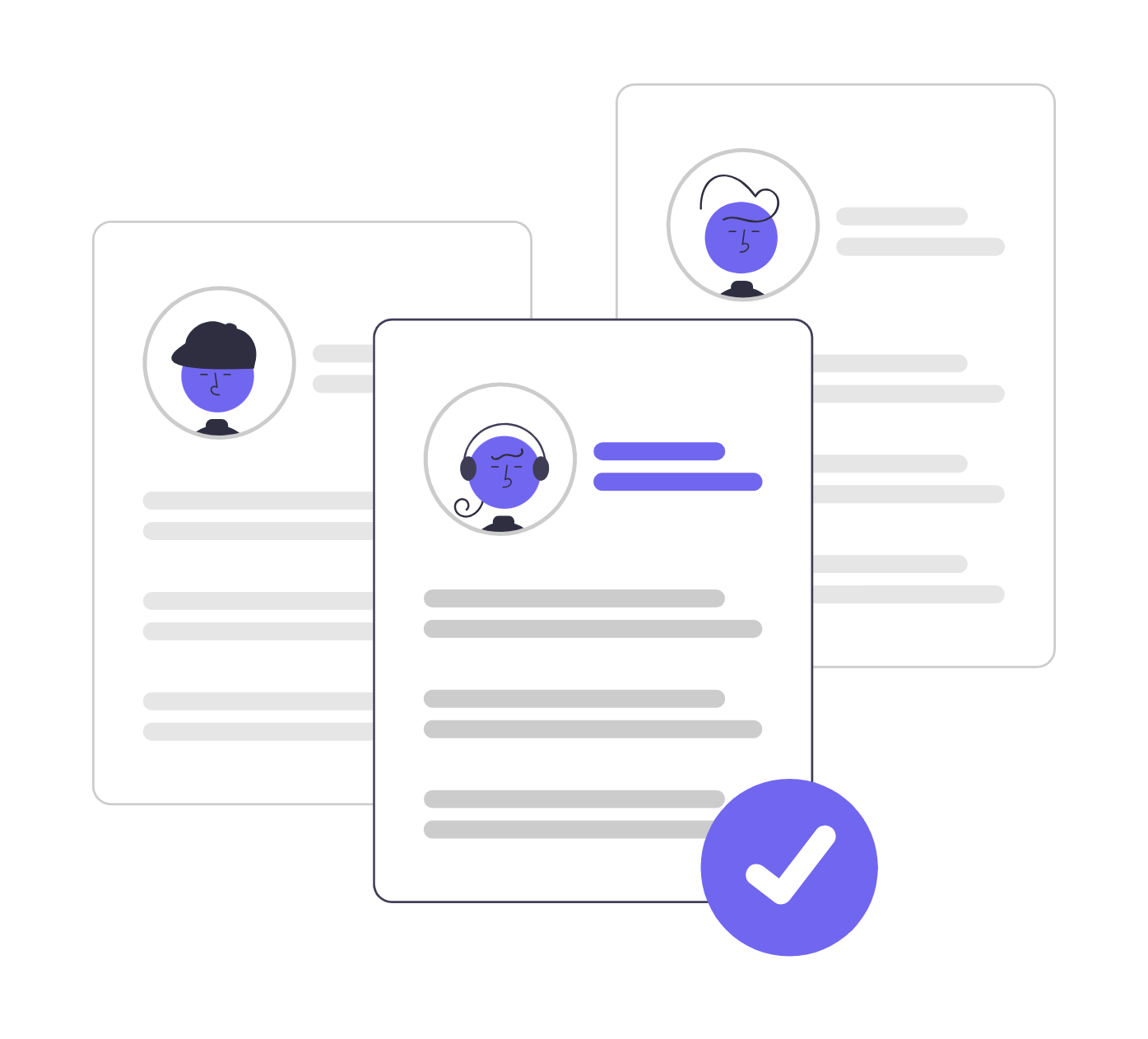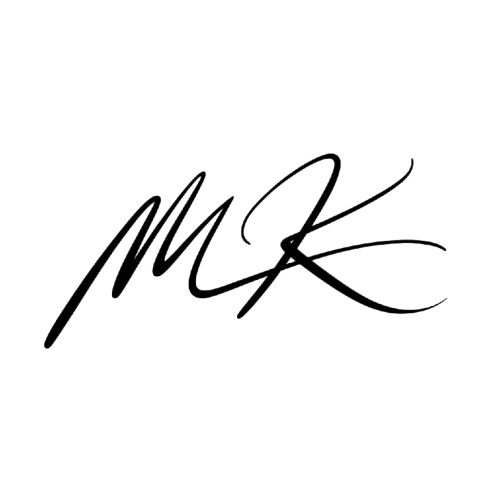Share
In today’s competitive job market, top talent isn’t passively waiting for your job ad—they’re researching, comparing, and evaluating your company long before they even consider clicking “Apply.”
Recruiters are no longer just filling jobs—they’re building brand experiences. And that shift requires something more than traditional job boards and cold outreach. It requires recruitment marketing.
This guide breaks down what recruitment marketing really is, why it matters more than ever, and how you can use it to stand out, connect with the right candidates, and fill roles faster—with people who actually stay.
What Is Recruitment Marketing (and Why Is It Different from Recruiting)?
Recruitment marketing is the strategic process of promoting your employer brand to attract, engage, and nurture potential job candidates—often before a role is even open.
Unlike traditional recruiting, which is reactive and job-specific, recruitment marketing is proactive. It’s about building long-term relationships with talent and creating a presence so strong that the best candidates already want to work with you when the time comes.
Think of it like product marketing—but instead of selling shoes or software, you’re selling your company as a great place to work.
The Recruitment Marketing Funnel: How Candidates Decide to Apply
To be successful, your marketing efforts need to match how candidates think. That’s where the recruitment marketing funnel comes in:
- Awareness – Candidates discover your brand.
- Interest – They explore what your company is about.
- Decision – They weigh whether to pursue a role with you.
- Action – They apply (or don’t).
Each stage requires its own messaging, tools, and strategy. Let’s walk through how to build a recruitment marketing engine that supports every stage of this funnel.
Laying the Groundwork: Your Strategic Must-Haves
1. Know Your Ideal Candidate
Before you create content or run ads, define who you’re trying to reach. Create candidate personas that go beyond job titles. Include motivations, frustrations, goals, and where they spend time online.
Tip: Interview recent hires and ask what attracted them. Their answers may surprise you.
2. Define a Strong Employer Value Proposition (EVP)
Your EVP answers one big question: “Why should someone work for you instead of somewhere else?”
Don’t just list perks. Focus on what makes your culture, mission, and growth opportunities genuinely different.
Strong EVP example:
“Here, your ideas don’t just get heard—they get built. We hire builders, not box-checkers.”
3. Audit the Competition
Check what similar companies are doing on LinkedIn, job boards, and career pages. What benefits are they highlighting? What tone do they use? Where can you stand out?
This isn’t about copying—it’s about identifying gaps and owning your space
4. Set Clear KPIs
Recruitment marketing is only as strong as your ability to track it. Start by setting clear goals:
- Increase career site conversions by 20% in 6 months
- Grow your talent email list to 1,000 subscribers
- Lower cost-per-applicant by 15%
These metrics help you refine what works—and ditch what doesn’t.
5. Budget and Resourcing
Decide early what you can invest in content creation, paid ads, or tools. If you’re on a lean budget, start with organic content and SEO before moving to paid campaigns.
Strategic advice: Don’t try to do everything at once. Pick 2–3 tactics that match your candidate’s journey and scale from there.
11 Recruitment Marketing Tactics That Actually Work
1. Optimize Your Careers Page
Your careers page isn’t just a job board—it’s a branding hub.
Make sure it’s:
- Mobile-optimized
- Clear on your EVP
- Filled with employee stories, team photos, and culture highlights
- SEO-friendly with relevant keywords
Bonus: Include FAQs to reduce friction for potential applicants.
Decide early what you can invest in content creation, paid ads, or tools. If you’re on a lean budget, start with organic content and SEO before moving to paid campaigns.
Strategic advice: Don’t try to do everything at once. Pick 2–3 tactics that match your candidate’s journey and scale from there.
Quickly identify your most promising candidates. WorkScreen automatically evaluates, scores, and ranks applicants on a performance-based leaderboard—making it easy to spot top talent, save time, and make smarter, data-driven hiring decisions.

2. Create Content That Tells Your Story
Candidates want more than a job—they want a story they can believe in. Use blog posts, videos, and case studies to showcase your company’s mission, values, and everyday culture.
Examples:
- “A Day in the Life” blog series
- Employee spotlight videos
- Behind-the-scenes Instagram reels
3. Use Social Media—Strategically
Instead of just announcing job openings, post:
- Employee-generated content
- Team outings or volunteer events
- Quick wins or company milestones
- Leadership quotes or team values
Why it works: Leads from employee-shared social content convert 7x more than traditional outreach.
4. Run Targeted PPC & Retargeting Ads
Set up retargeting on platforms like Facebook, Instagram, and Google so visitors to your job pages see your brand again and again.
You can also run PPC campaigns targeting job titles, locations, and interests. This works especially well for hard-to-fill or local roles.
5. Collect and Showcase Employee Testimonials
Your people are your best advocates. Feature their voices prominently.
- Capture short videos about why they joined and stayed
- Post quotes and testimonials on job pages and social media
- Repurpose Glassdoor reviews in content
Pro tip: Authentic > Polished.
6. Use Email Marketing to Stay Top of Mind
Once someone downloads a resource, visits a job page, or joins your talent pool—don’t let the trail go cold.
Set up:
- Monthly culture newsletters
- New job alerts
- Team announcements or success stories
Keep it simple, relevant, and human.
7. Own Your Online Reputation
Job seekers are reading your Glassdoor and Indeed reviews—whether you like it or not.
- Respond thoughtfully to reviews (even the bad ones)
- Use consistent messaging across review platforms
- Share how you’ve acted on feedback
Stat: 75% of job seekers are more likely to apply if the employer responds to reviews.
8. Promote Jobs Strategically on Boards
Job boards still matter—but promote smarter.
- Invest in job post visibility
- Use A/B tests on job titles and descriptions
Use XML feeds to keep listings updated automatically
Workscreen Eliminates low-effort applicants—including those who use AI Tools to apply, copy-paste answers, or rely on "one-click apply." This way, you focus only on genuine, committed, and high-quality candidates—helping you avoid costly hiring mistakes.

9. Experiment with Video (and YouTube Ads)
Videos drive trust and engagement. Create short clips about:
- Team stories
- Remote work setups
- Office culture
- “Why I joined” videos
Use YouTube Ads to target recent grads, job changers, or those watching career-related content.
10. Enable Live Chat on Your Careers Page
Candidates often bounce due to simple questions. A chatbot or live chat can help answer:
- “Where is the office?”
- “What’s the application process?”
- “Who can I contact for a referral?”
Plus, you can capture their emails for nurturing campaigns.
11. Use Geofencing for Location-Based Hiring
Set virtual perimeters around schools, competitors, or events—and serve ads to mobile users in that area.
Use this for:
- Hiring from trade schools
- Recruiting talent near your competitors
Targeting specific conferences or job fairs
Easily administer one-click skill tests with Workscreen-This way you can assess candidates based on real-world ability—not just credentials like résumés and past experience. This helps you hire more confidently and holistically.

How to Know It’s Working: Track, Test, Optimize
Don’t “spray and pray.” Use data to learn and adapt:
- Track site analytics: traffic sources, bounce rate, conversion rate
- Run A/B tests on job titles, landing pages, and CTAs
- Use heatmaps to see what candidates click on
Always ask: Are we attracting the right applicants? Are they converting?
Final Thoughts: You Can’t Win the Talent War with Outdated Tools
In 2025, job seekers are smarter, more selective, and more empowered than ever. If your strategy still relies solely on job ads and cold emails, you’re missing the bigger picture.
Recruitment marketing helps you tell your story, connect with the right candidates, and build a team that actually wants to be there.
Start small. Get strategic. And make your company a place people want to work—before you even post the job.
FAQ
A: Traditional recruiting is reactive—it kicks in when there’s a vacancy. Recruitment marketing is proactive—it builds a talent pipeline by attracting and nurturing candidates over time.
A: Because attention is limited and top candidates are selective. Recruitment marketing helps your company stand out by building trust, showcasing culture, and delivering a consistent candidate journey that improves hiring quality and retention.
A: A recruitment marketer attracts, engages, and nurtures potential candidates through employer branding, content marketing, SEO, social media, paid ads, and email campaigns.
A: A strategy aligns messaging, targeting, and conversion tactics across platforms. Without it, you’re just guessing. A strong strategy ensures consistency, improves engagement, and drives qualified applicants.
A: Not at all. With smart tools and a focused strategy, even solo recruiters can run effective recruitment marketing. WorkScreen.io makes it even easier by automating the most time-consuming steps.
A: Yes. While WorkScreen.io doesn’t create your content, it ensures your marketing efforts convert by scoring applicants, flagging low-effort submissions, and helping you move fast on top talent.

